8 Free Heart Disease transparent PNG images
Explore our comprehensive collection of 8 free AI-generated images related to Heart Disease. This curated gallery features diverse medical visualizations including anatomical stock photos, 3D representations of cardiac structures, vector diagrams of heart conditions, and educational illustrations. Each image is available in high resolution for download, and you can utilize our 'open in editor' feature to customize prompts for generating specific cardiac visualizations that meet your needs.
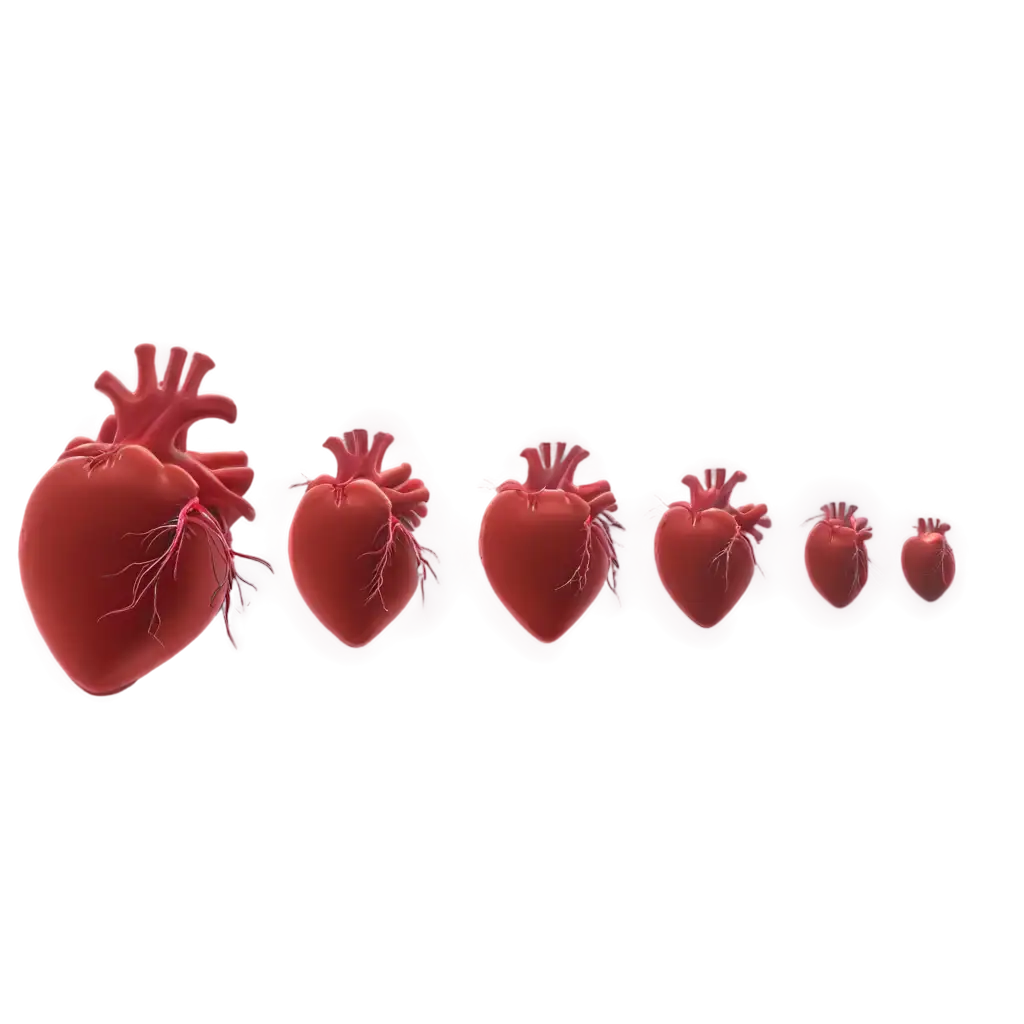
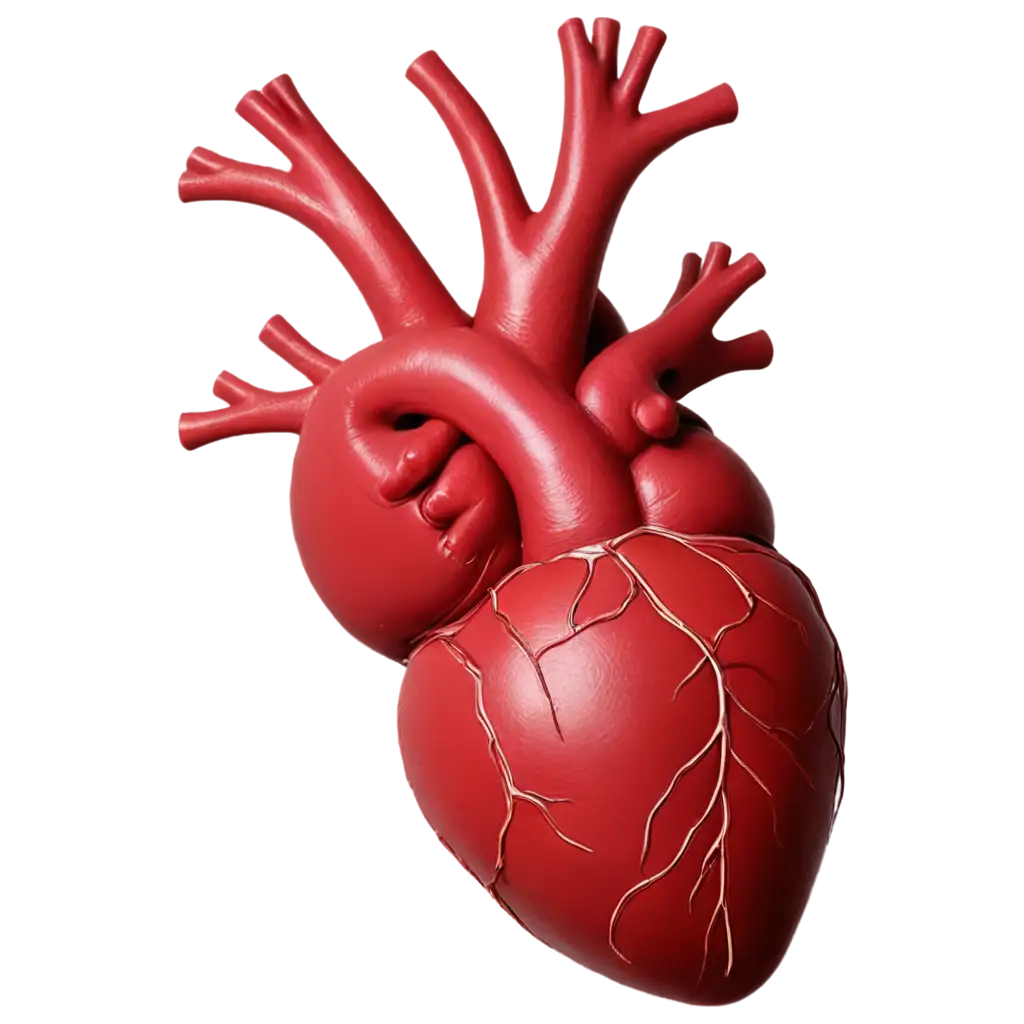
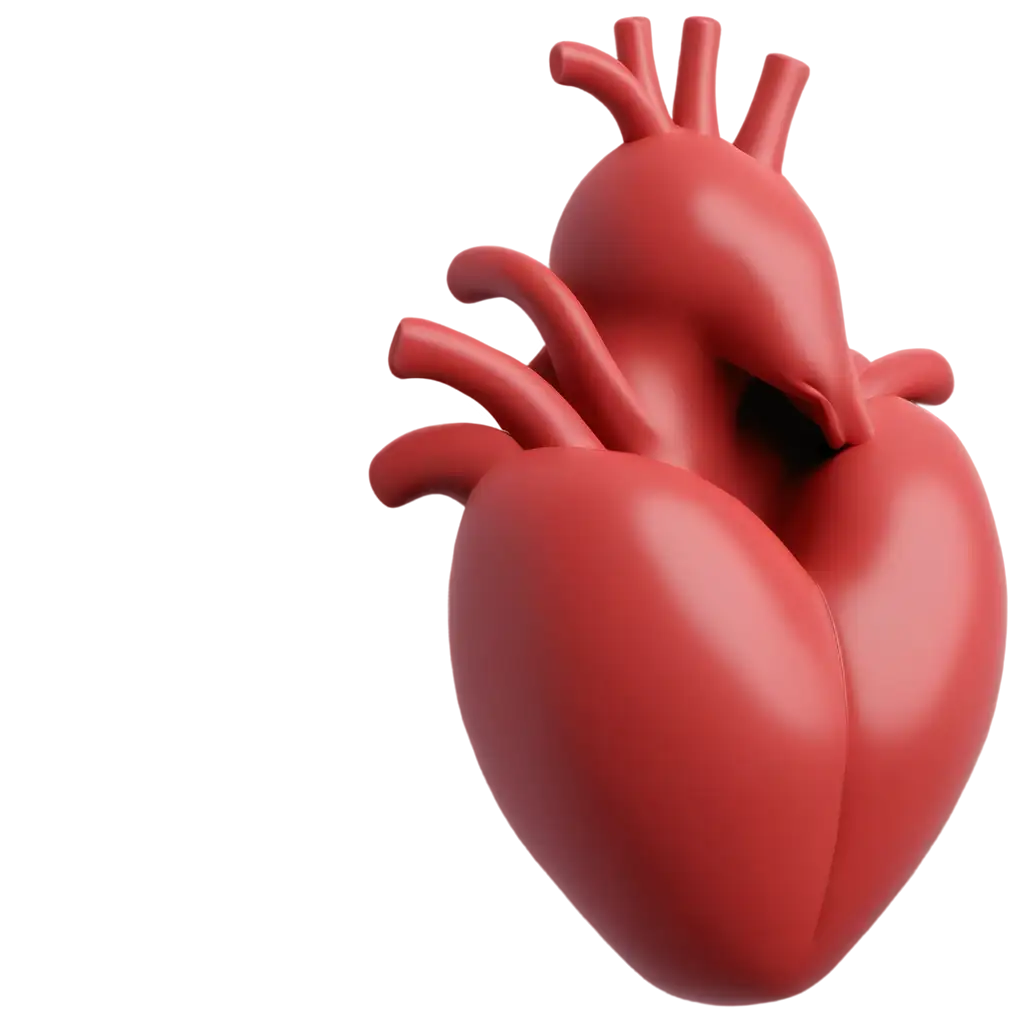
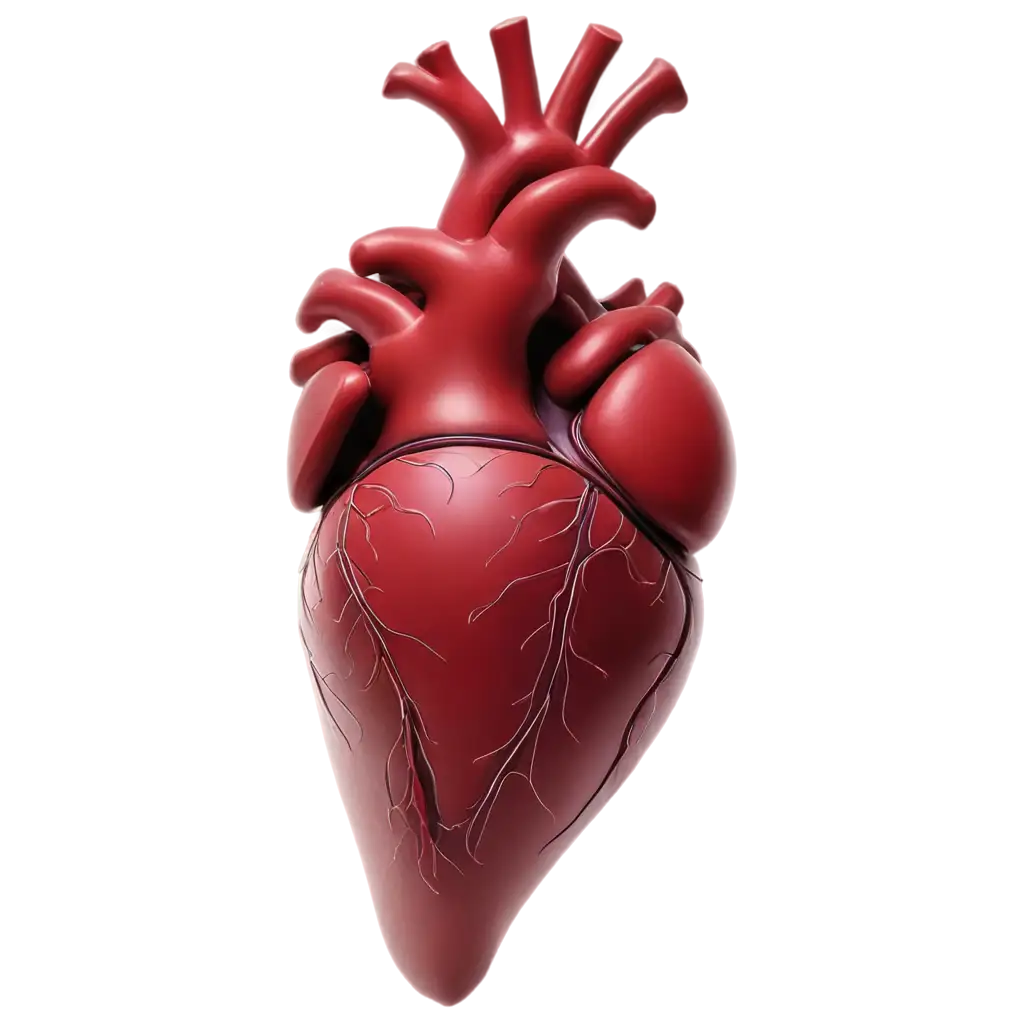
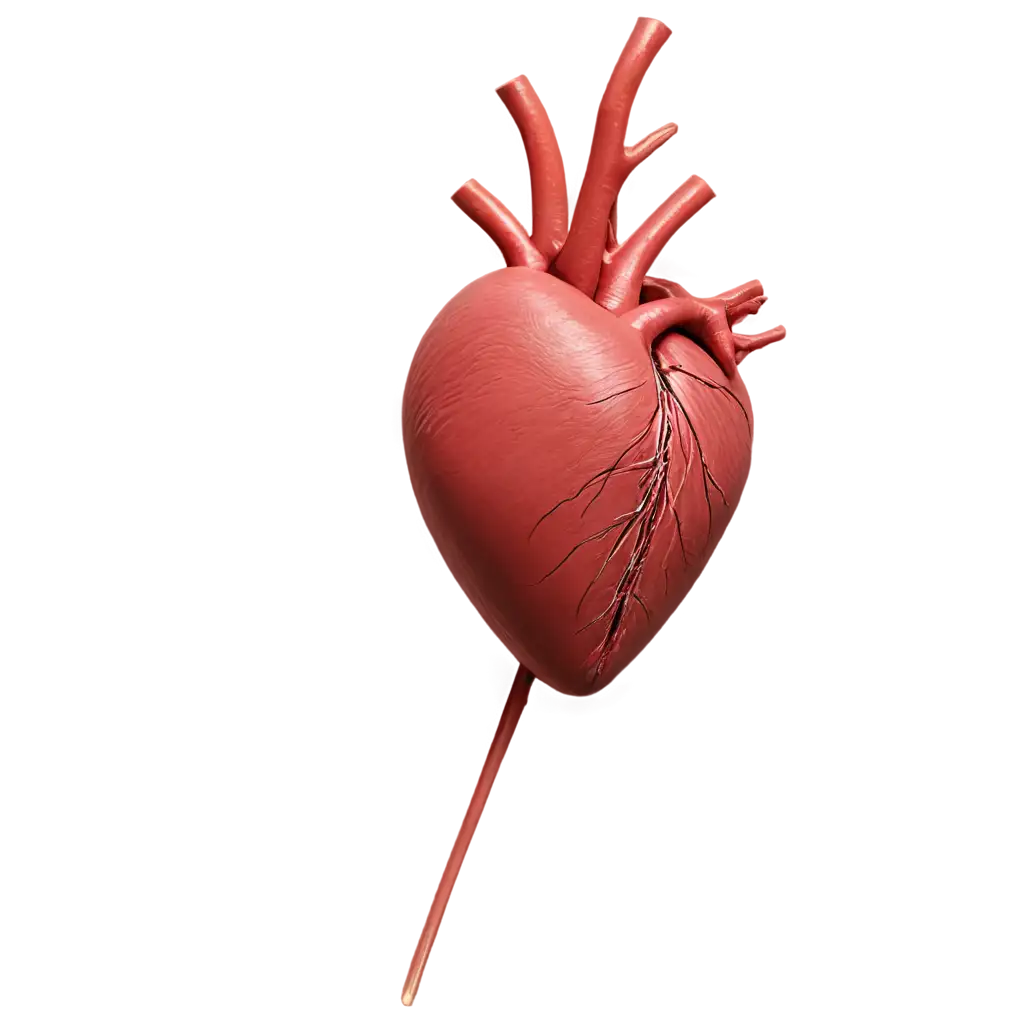

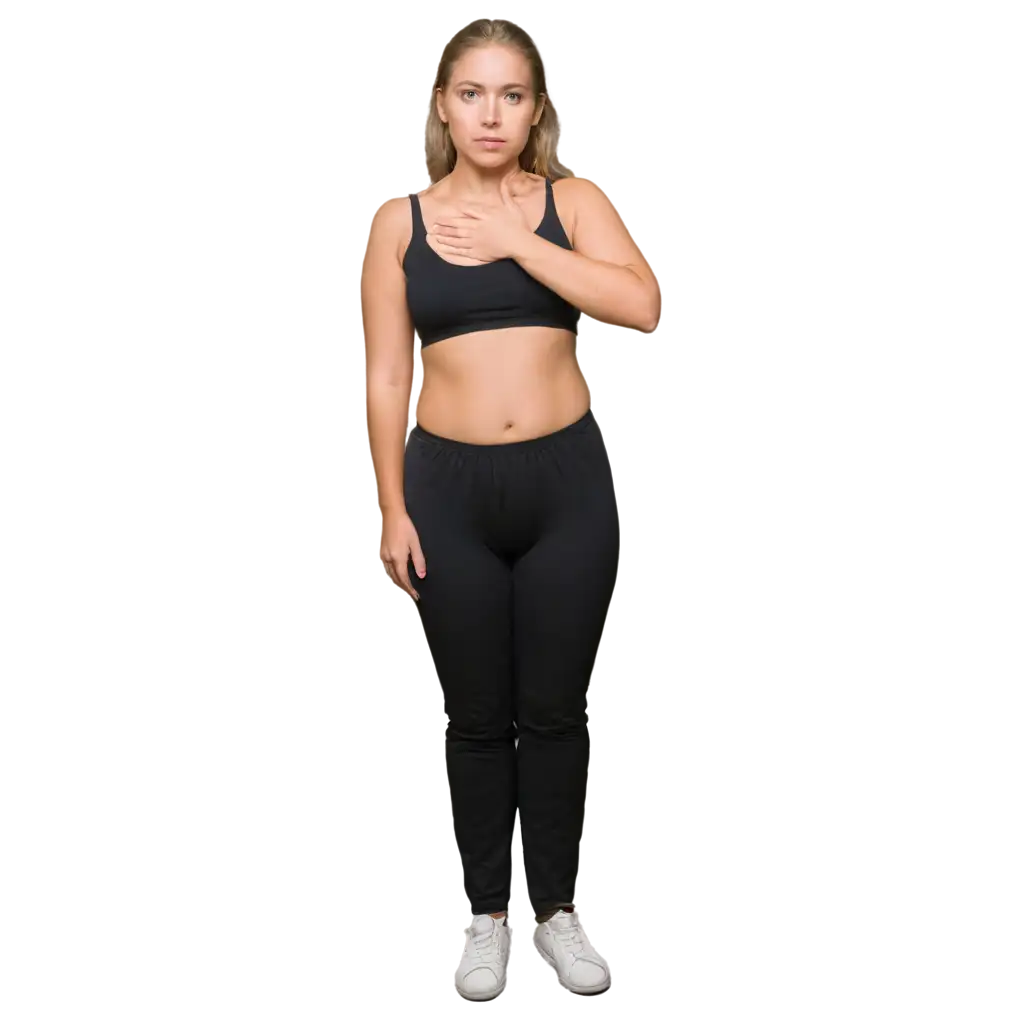
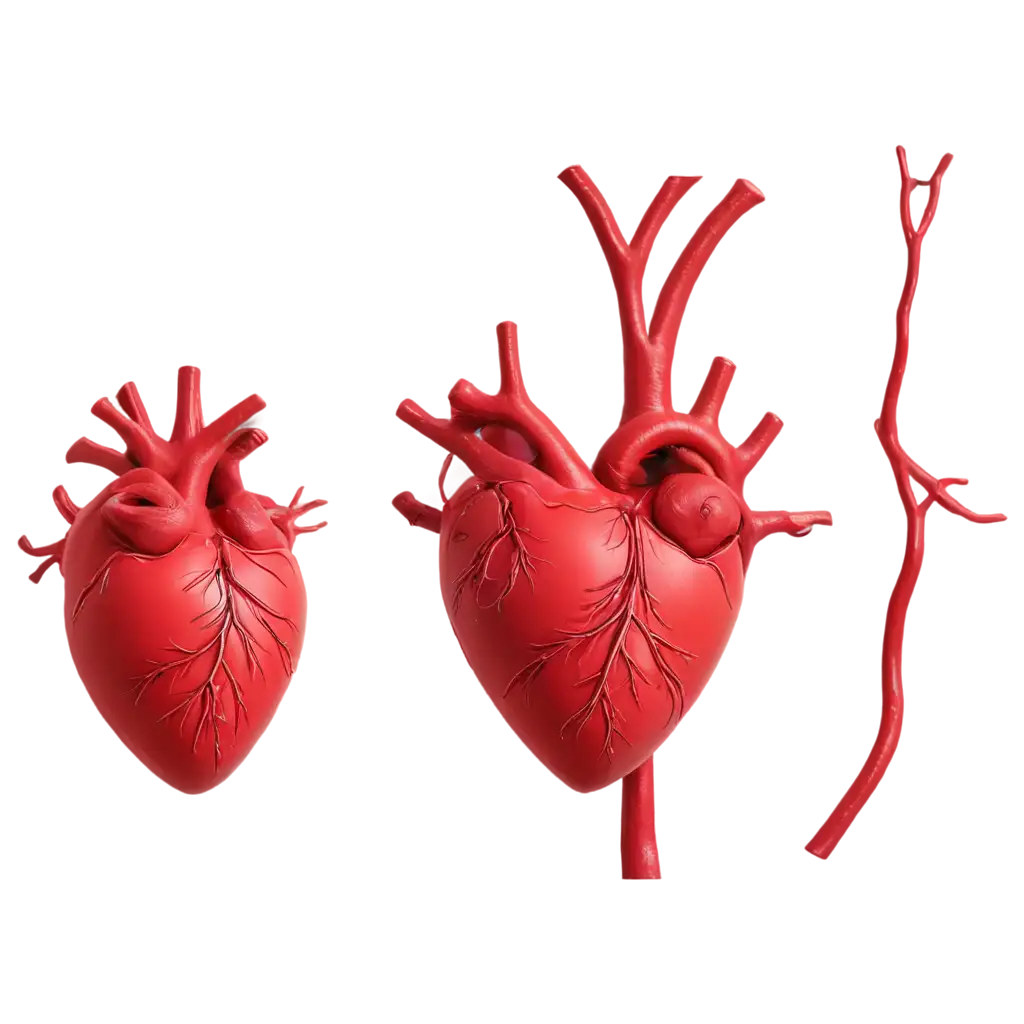
Related Tags
AI-generated heart disease visualizations encompass several crucial categories for medical education and patient communication. These include detailed anatomical cross-sections showing various heart chambers and vessels, dynamic illustrations of blood flow patterns, and clear representations of common cardiac conditions such as atherosclerosis and valve disorders. The images range from simplified diagrams suitable for patient education to complex medical illustrations for professional reference. Particularly valuable are the 3D renderings that can be rotated and examined from multiple angles, helping to demonstrate concepts like coronary artery blockages and structural heart abnormalities.
Medical Visualization Types for Heart Disease Education
These AI-generated heart disease images serve multiple purposes in healthcare settings. Medical professionals use them during patient consultations to explain diagnoses and treatment plans, while healthcare educators incorporate them into training materials and presentations. The availability of different complexity levels makes them suitable for various audiences, from medical students to patients and their families. The images are particularly effective in illustrating progressive conditions, showing the development of heart disease over time, and demonstrating the impact of various interventions. Healthcare providers can also use these visualizations to create more engaging patient education materials, making complex medical concepts more accessible and understandable.
Applications in Healthcare Communication and Patient Education
When generating heart disease-related images using AI, several key factors ensure medical accuracy and educational value. The process begins with precise prompt engineering that incorporates proper medical terminology and anatomical references. Important considerations include maintaining accurate proportions of cardiac structures, using standardized medical color schemes (such as red for oxygenated blood and blue for deoxygenated blood), and clearly depicting pathological changes. Advanced techniques involve layering different elements to show internal structures, incorporating motion indicators for dynamic processes, and using cross-sectional views to highlight specific areas of interest. The 'open in editor' feature allows users to refine these elements, adjusting factors like transparency, angle, and detail level to create the most effective visualization for their specific needs.
Creating Effective Heart Disease Visualizations with AI
The field of AI-generated medical imaging is rapidly evolving, with emerging trends promising even more sophisticated visualization capabilities. Future developments include real-time generation of personalized patient-specific models, integration with medical imaging data to create more accurate representations, and interactive 3D models that respond to user input. Advanced AI algorithms are being developed to generate more precise anatomical details and pathological changes, while maintaining medical accuracy. The potential for combining these images with augmented reality (AR) and virtual reality (VR) technologies opens new possibilities for medical education and surgical planning. As AI technology continues to advance, we can expect to see more dynamic, detailed, and customizable visualizations that further enhance medical communication and understanding.
Future Trends in AI-Generated Medical Imaging